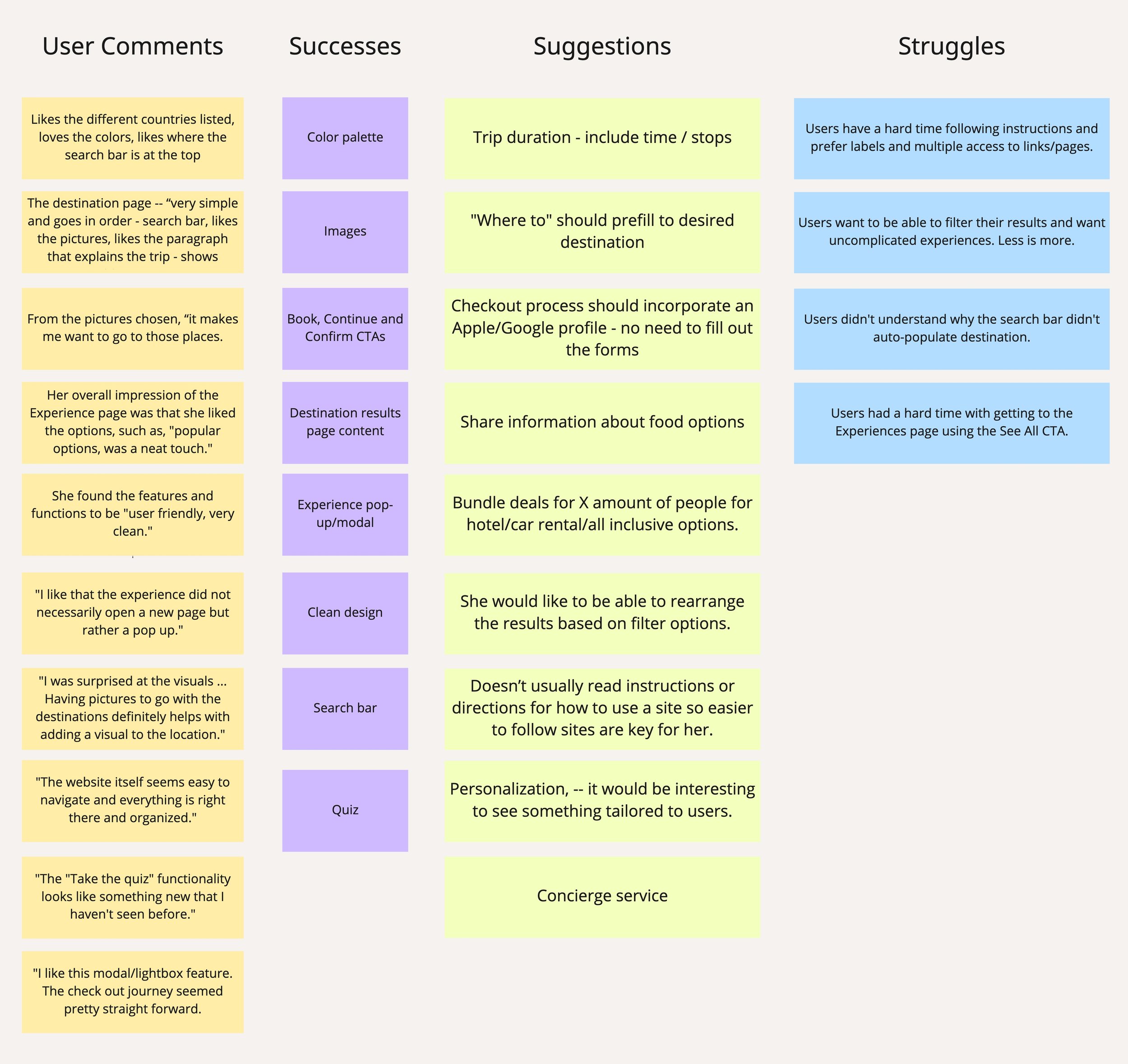Reimagining History
Zeit is a concept project from my Designlab bootcamp that is focused on developing a responsive website that allow users to book trips to discover the past through time travel.
Zeit is changing the travel industry by providing people with the opportunity to time travel. They are looking to do this through their product experiences, from their brand logo to their website. That is why they are focused on having a user-friendly experience that will attract users.
Role:
UX/UI Designer
Time:
4 weeks, 120+ hours








































